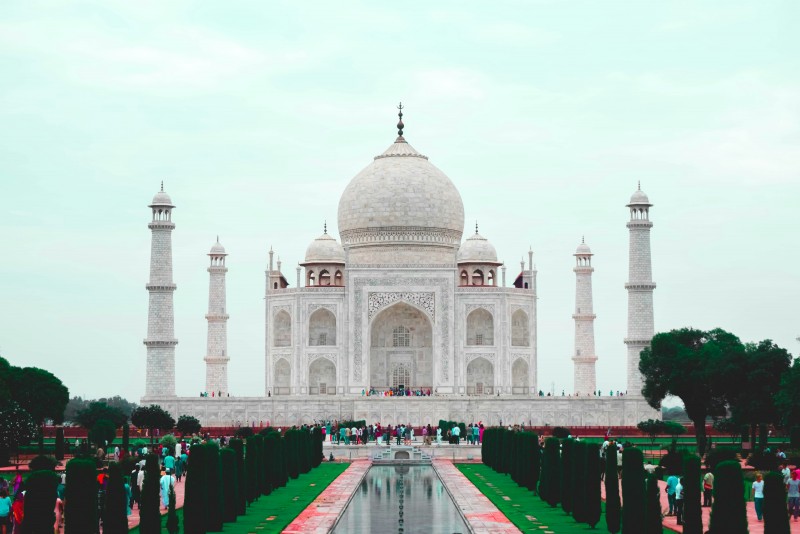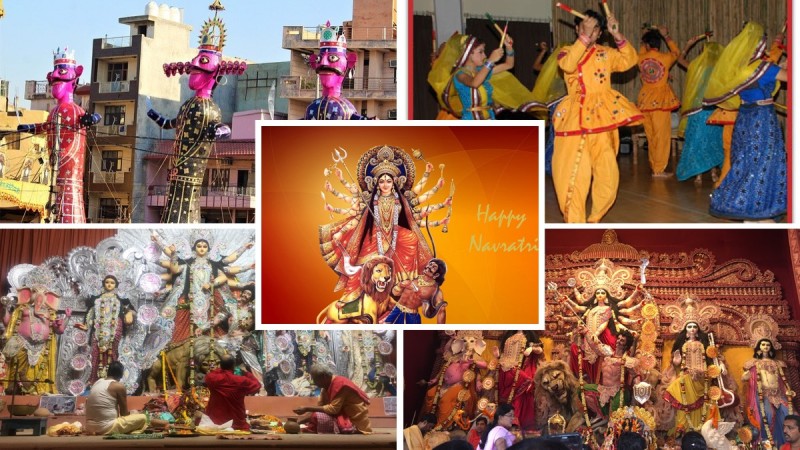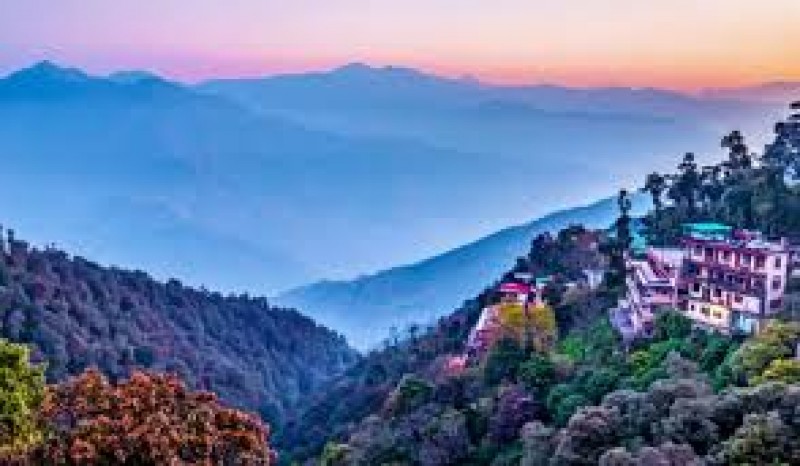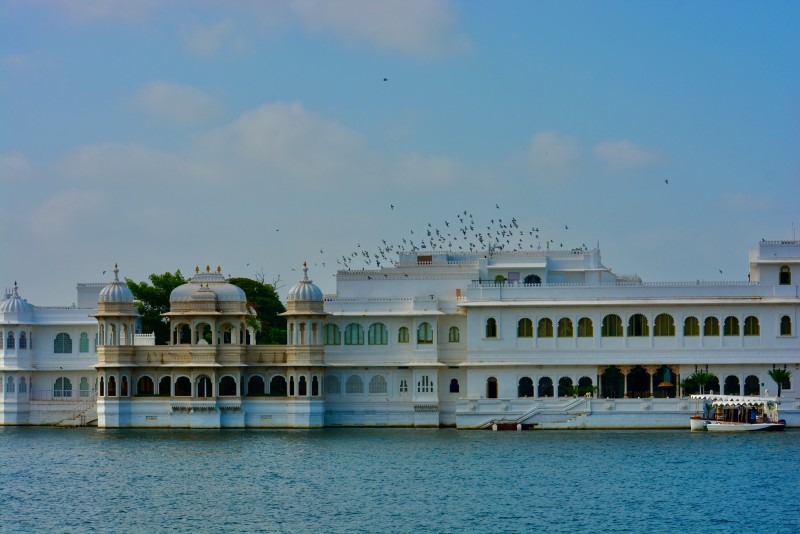
Situated in Agra, India, the Taj Mahal is one of the most famous love symbols of all time. The Mughal emperor Shah Jahan had this white marble mausoleum built in 1632 for his favorite wife, Mumtaz Mahal, who died while giving birth. The Taj Mahal is one of the most beautiful buildings in the world and has been listed as a UNESCO World Heritage Site since 1983.
Major Attractions of the Taj Mahal
1. Symbol of Eternal Love:
a. Taj Mahal is the symbol of love, Shah Jahan created it for Mumtaz Mahal to memorialize his eternal love. This story has not only stood the test of time but shines as one of the greatest love stories of all time.
b. The death of Mumtaj Mahal left Shah Jahan in deep sorrow, as she was his favorite wife. He promised to build a monument grand enough that we would never forget.
2. Architectural Marvel:
a. Architecturally, the Taj Mahal resembles the pinnacle of Mughal architecture, combining Persian, Islamic, and Indian elements.
b. Entirely made out of white marble, the Taj Mahal is famous for its exact symmetry down to the smallest detail. Sculptors have done amazing work in its domes, arches, and minarets.
c. The symmetrical gardens, pathways and reflective pool make the monument even more visually appealing.
3. The Marble and Its Mystique:
During the day, it is of white color, but in morning its color changes to pink and on a moonlit night, it is golden appeared. According to folklore, the changing hue is thought to reflect the mercurial moods of a woman.
4. Calligraphy and Inlay Work:
a. The walls of the Taj Mahal are beautifully graved with Islamic Calligraphy, mainly verses from the Quran. Black marble calligraphy is embossed and installed on its main entrance Along with another part of the structure.
b. The vibrant stonework, pietra dura, is a technique in which precious and semi-precious can be embedded within marble to create floral patterns. This attention to detail is part of its charm.
5. The Gardens (Charbagh):
a. It is surrounded by a meticulously laid out charbagh (four-part garden), the hallmark of Mughal garden design. The garden is split into four quadrants by water channels and represents the Islamic idea of paradise as described in the Quran.
b. Its uniqueness is visually ascertained by the reflection of a beautiful image shown in the central pool of TAJ MAHAL
6. Shah Jahan and Mumtaz Mahal Were Buried in the Tombs:
The cenotaphs of Mumtaz Mahal and Shah Jahan lie inside the mausoleum, but their real tombs are in a crypt beneath it. These cenotaphs are beautifully ornamented with inlay work along with fine inscribed verses that adorn their sidewalls.
7. The Construction:
a. 20,000 workers spent 22 years building the Taj Mahal It was put together by artisans and craftsmen from all over India, Central Asia, and Persia.
b. Material: White marble (sourced from Makrana, Rajasthan ) & precious stones like jade, crystal, lapis lazuli, amethyst, turquoise.
8. Myths and Legends:
One of the most popular myths about Taj Mahal is that Shah Jahan wanted to build a “Black Taj” palace on the bank opposite Yamuna river, as his own tomb. This plan, however, was never carried out and certain historians claim that it is only a legend.
9. The Taj Mahal & Indian History:
The end of the Mughal Empire: The monument was witness to the decline of Mughal Empire and hence always remained a symbol of their glory and legacy The monument was looted during the British colonial era and fell into disrepair, but restored in 19th century while Britain viceroy Lord Curzon ordered its repair in early 20th-century.
10. Cultural Significance:
a. It is not only a monument of tourist attraction but also an emotional and cultural symbol of India. For centuries, it has moved musicians and poets to create works of art.
b. The similarity of it is known as one of the Seven Wonders of the World and draws in a large number of travelers consistently.
11. Visiting the Taj Mahal:
a. When the sky meets the marble, there is magic and hence it is ideal to Visit the Taj Mahal at sunrise or sunset.
b. The combined with Moonlight Taj Mahal tour is an extremely popular one as you visit the monument under the moonlight so that it looks mesmerizing.
Conclusion:
Today it remains an enduring symbol of love, beauty, and architectural majesty. The grandeur of the monument, combined with the romantic story behind its creation is one of the reasons why it is one of man's most valued monuments in the world. Its existing beauty, along with true love is what makes it a complete "Monument of Love" that not only leaves you awestruck but does touch your emotions.



